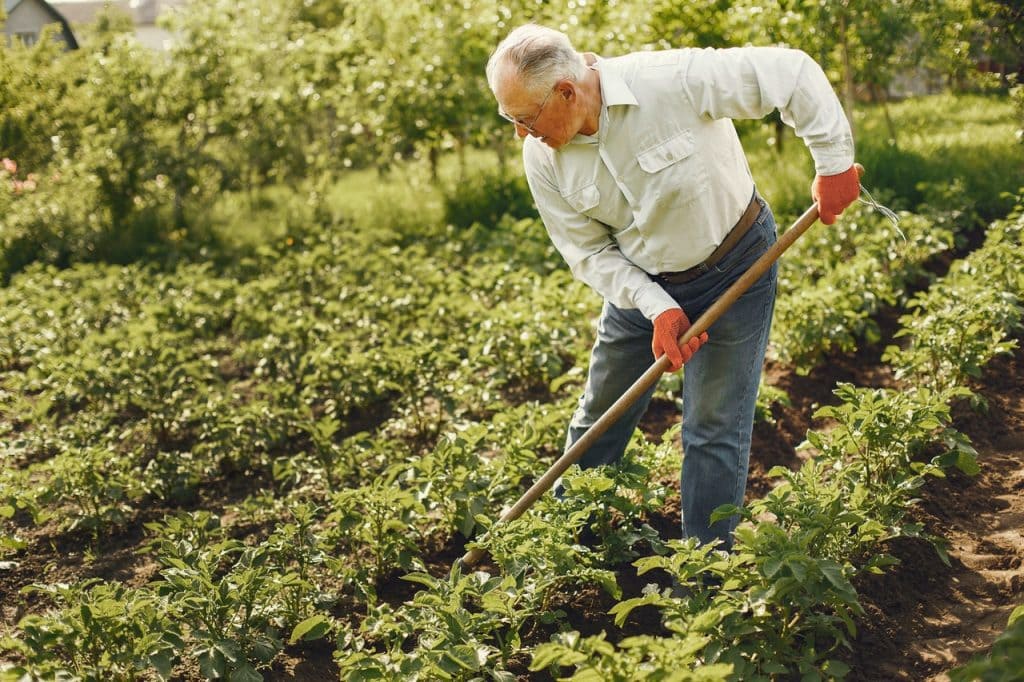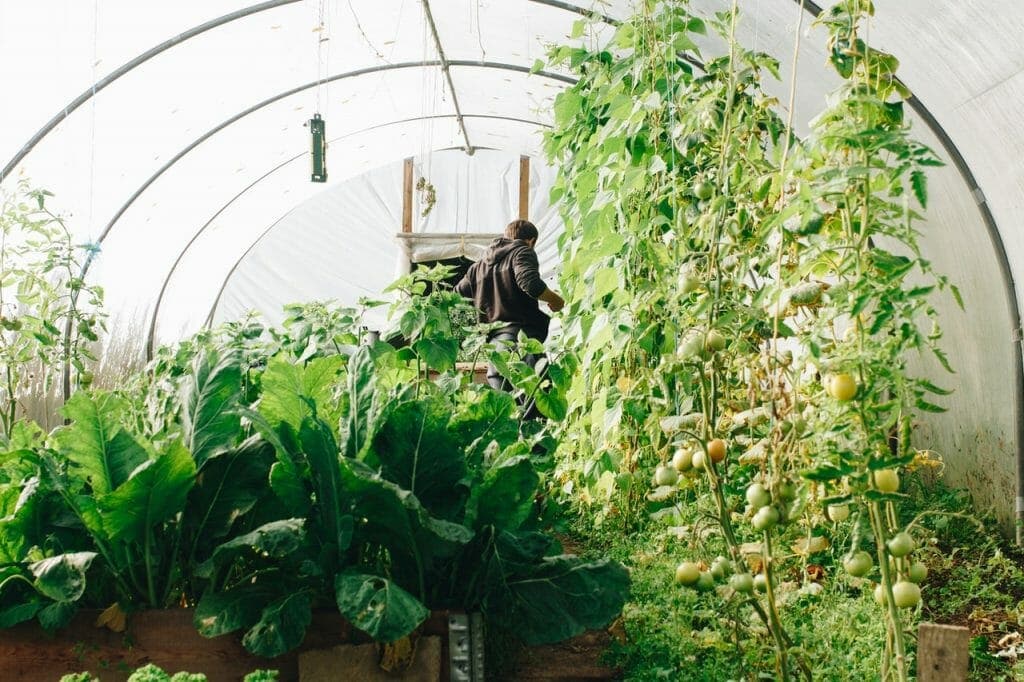Written by Admin and published on https://www.finegardening.com/
As the winter season comes to a close and spring is just around the corner, we’re sure all your green thumbs out there are anxious to start your planting season. Well, we’ve got good news –starting your spring gardening this month is completely possible! With a few useful tools and some careful planting, you can start working on your garden sooner rather than later. Check out these helpful tips for efficient and successful gardening right from the spring season.
4 Tips for Early Spring Gardening

Edging with downed-tree sections
When a tree must be taken down in my neighborhood, I find a place in my garden for as many of the remnants as possible by using them as rustic edging where a formal edging would look out of place or where tree roots would prevent digging. I place the trunk sections on end vertically and the narrower limbs horizontally to mark the edges of paths and garden beds. Besides preventing the occasional substitute working on my lawn from attempting to mow the sedges that grow around the base of a tree, they provide feeding stumps for birds. I’ve even seen a brown creeper bird spiraling up the wider trunk sections to glean bugs and other birds foraging in the decomposing wood. They also make great platforms for treats such as peanuts and suet for birds that don’t usually visit feeders. The tree sections also nourish the soil when they decompose
All-purpose garden notebook
The tip from the September/October 2020 issue about organizing plant labels on rings inspired me to send in my solution—a sketchbook/garden notebook/plant tag scrapbook. I just tape my plant labels onto the extra-large pages of the sketchbook and then write beside them where I planted each plant and on what date. I also paste seed packets onto pages. Sometimes I even cut up the tags and paste them in as a rough sketch of a garden layout. I haven’t been able to keep up with a garden journal before, so I like that this one keeps track of tags while also serving as a journal through the seasons.
Hanging-basket wind breakers
Last fall, our first freeze with high winds arrived early in Rhode Island. I was in a panic over the risk to my precious ‘Razzmatazz’ primrose plants. Since I have had these plants since 2011, they have weathered well. To ensure their survival, I removed the chains and coconut fiber liners from my hanging baskets and placed an inverted basket over each plant. I then placed one of the coconut fiber liners on top of each basket, forming an instant cover for each plant. Rain and air were still able to penetrate the covers, but the high winds were not. I removed the covers the next morning and stacked them away for the next weather crisis.
Composters are multifunctional
While composters do an amazing and important job of turning wastes into new soil, they can also function as planters while breaking down those wastes. In early spring I remove mature compost from the bottom of my open-bottomed cylindrical composter and add a mixture of leaves and grass clippings until the container is three-quarters full. Then I deposit 6 inches of the finished compost on top of the leaves and grass clippings. The warmth rising from the decomposing materials accelerates germination, and the roots from the plants have a plentiful supply of nutrients as decomposition occurs. The pile will shrink as time goes by, but additional leaves and grass clippings can be added as the plants mature. I have successfully grown butternut squash, peas, and pole beans using this method.
My initial motivation for using composters as planters was to deter rabbits and groundhogs, and it worked.
Original post here https://www.finegardening.com/article/5-tips-for-early-spring-gardening/.



